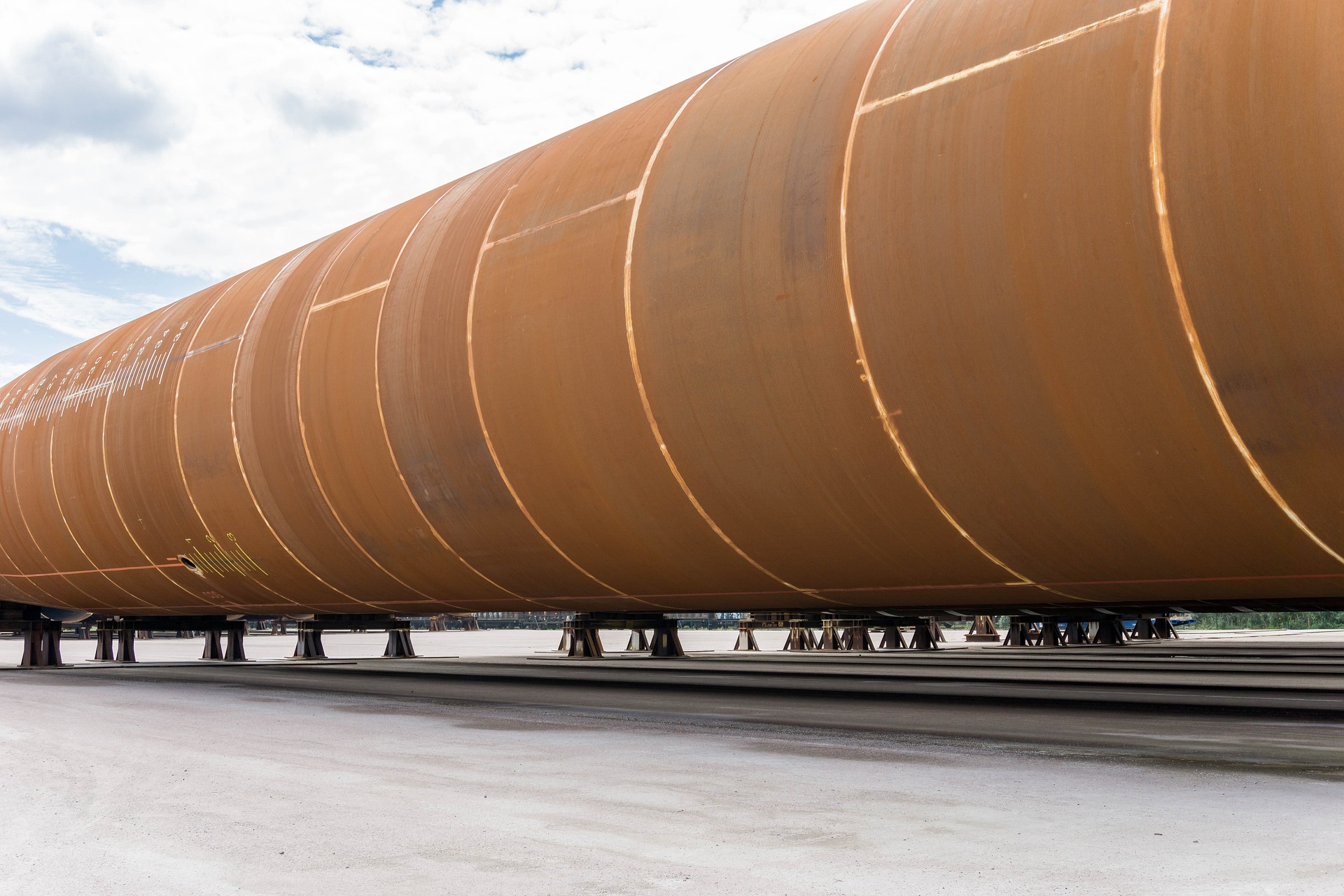Unraveling the Puzzles of Terrestrial Broadcasting: A Deep Dive into its Evolution, Impact, and Future
Terrestrial broadcasting has been around for over a century, evolving from the simplistic, one-way communication of the early days, to a highly sophisticated, multi-channel medium that has changed the way we perceive the world. Looking back, it's fascinating to trace the journey of this technology, its impacts, and the challenges it faces in the digital age.

The Early Days of Terrestrial Broadcasting
In the beginning, terrestrial broadcasting was all about radio. The first radio broadcast happened in 1900, when Canadian inventor Reginald Fessenden sent a single, simple Morse code signal over the airwaves. Since then, the technology has witnessed significant developments. However, the core concept – transmitting signals over the air to a wide audience – remains the same.
The Advent of Television and its Impact
Television was the next big leap in terrestrial broadcasting. The first successful public demonstration of television was in 1927 by Philo Farnsworth. This revolutionary medium brought moving images into people’s homes, forever changing the way we consume information and entertainment. It also had profound effects on society, influencing public opinion and shaping cultural norms.
Modern Challenges and Future Prospects
Today, terrestrial broadcasting faces numerous challenges. The rise of the internet and streaming services have threatened its dominance as the primary source of entertainment and information. Additionally, the transition from analog to digital broadcasting presents technical and logistical challenges.
However, terrestrial broadcasting is far from obsolete. With advancements in digital transmission techniques and the integration of internet technology, a new era of terrestrial broadcasting is on the horizon. This evolution brings the promise of better quality, more channels, and interactive features, ensuring its relevance in the digital age.
Practical Applications and Industry Trends
Despite the challenges, terrestrial broadcasting is still widely used in various sectors. News organizations rely on it for real-time reporting, while governments use it for public service announcements and emergency broadcasts. Moreover, it remains the most accessible and affordable means of information dissemination in many parts of the world.
On the industry front, several trends are shaping the future of terrestrial broadcasting. These include the adoption of advanced modulation schemes, the increasing use of data broadcasting, and the rise of hybrid broadcasting systems that combine terrestrial and internet technologies.
The Regulatory Landscape and its Implications
Regulation plays a crucial role in the evolution of terrestrial broadcasting. Policies governing spectrum allocation, content regulation, and technical standards impact the industry’s development and the services it can provide. As terrestrial broadcasting evolves, these regulatory frameworks must adapt to ensure a fair, competitive, and innovative broadcasting environment.
In conclusion, terrestrial broadcasting has come a long way since its inception. Despite facing challenges from new technologies and changing consumer behaviors, it continues to evolve, adapt, and remain relevant. As we look to the future, it’s clear that terrestrial broadcasting will continue to play a significant role in our digital lives, offering a unique blend of tradition and innovation.





